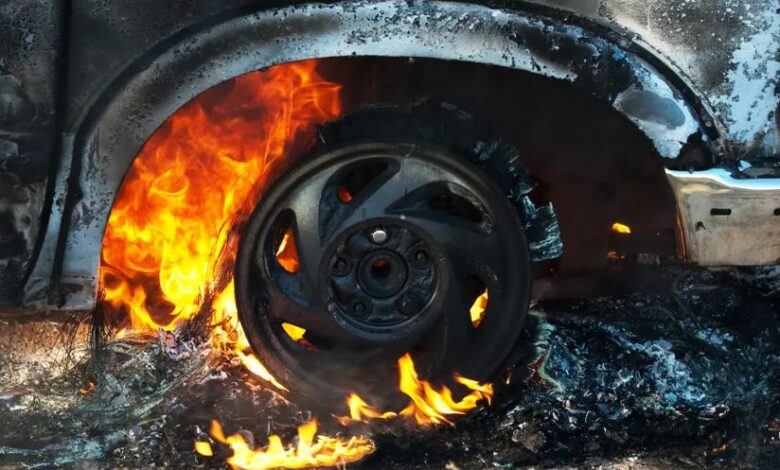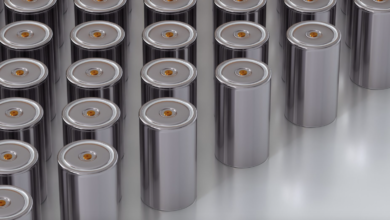Can electric cars explode or is it fake news?
Even when thermal leaks occur, electric cars rarely explode. Hybrid and gasoline or diesel cars are much more likely
Do electric cars explode often? The honest answer is no. Even if the data are still meager. Spontaneous fires in electric vehicles occur so rarely, in fact, that there are not enough cases to build a reliable statistics. The existing ones, however, go against the trend of media narration.
How electric cars really explode
The US insurance referral website AutoinsuranceEZ analysed data from the National Transportation Safety Board (NTSB) and the Bureau of Transportation Statistics (BTS) of the United States and found that electric vehicles are significantly less likely to catch fire than both internal combustion engine and hybrid vehicles.
Read also Electric cars in the EU, for the 1st time EVs beat diesel
Of the 100,000 vehicles sold, only 25.1 on average suffered a fire. As of 2022, only 52 electric car fires were recorded. Hybrid vehicles, however, are much more likely to suffer a fire, with an average of 3,474.5 fires per 100 thousand cars sold. In the middle, though still dramatically superior to electric vehicles, gasoline and diesel vehicles. For them were estimated 1,529.9 fires per 100 thousand sales.
The site evirosafe.com did its own analysis last year and concluded that “there is a 0.0012% chance that your electric vehicle battery will catch fire, which is a much lower risk than we expected. Reliable sources related to global fires of vehicles with internal combustion engines are difficult to verify, but overall many sources cite a 0.1% probability that your gasoline or diesel car will catch fire”.
How an electric car catches fire
When a battery pack goes into thermal escape, the toxic and flammable gases are discharged from the lithium-ion battery cells. About 700 litres of gas are released per kWh of battery capacity. In some cases, mainly in enclosed spaces, the gases form a large cloud of steam. After the thermal escape can end in two ways: an explosion occurs or a fire is started with the dynamics that is called ignition. The latter is the ignition and combustion of the gases released from the lower part of the vehicle. This is also the most likely outcome, equal to 90% of cases according to evirosafe. In 10% of cases, however, the explosion occurs. Most of the time, fires occur at a charging station.
What to prevent thermal leaks
To prevent the start of a thermal leak, it is essential to minimize heat retention in the battery pack by providing systems for the removal of thermal energy. Rutronik, an electronics company, suggests the use of a sheet of pyrolytic graphite inserted between the cells. This remedy brings any thermal energy developed in the adjacent cell towards a common cooling system. Thermally separating adjacent cells with an insulator can also prevent propagation.






